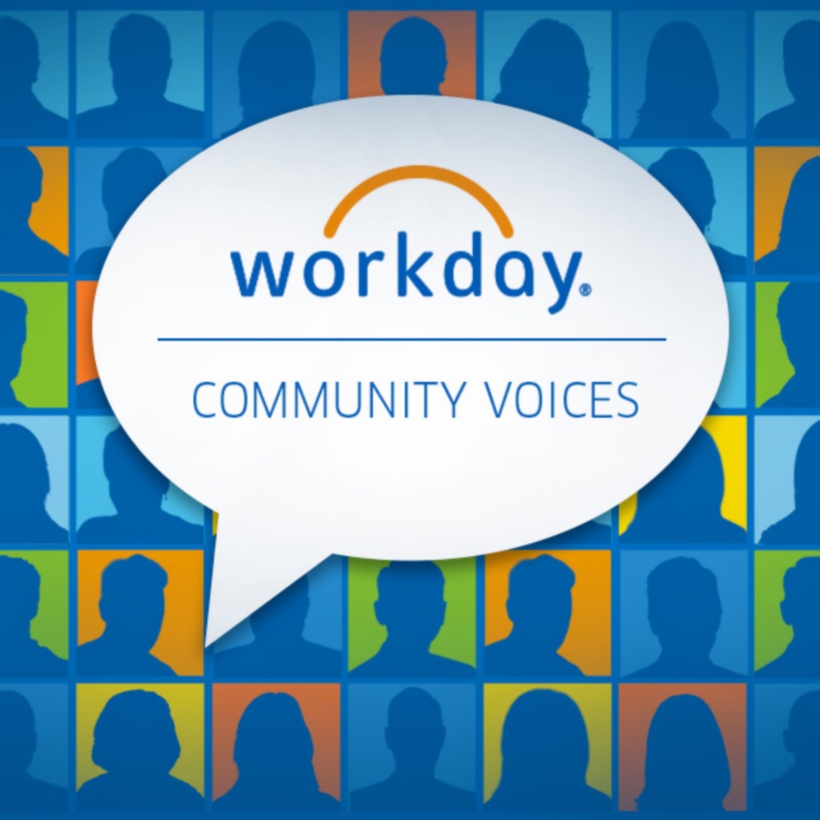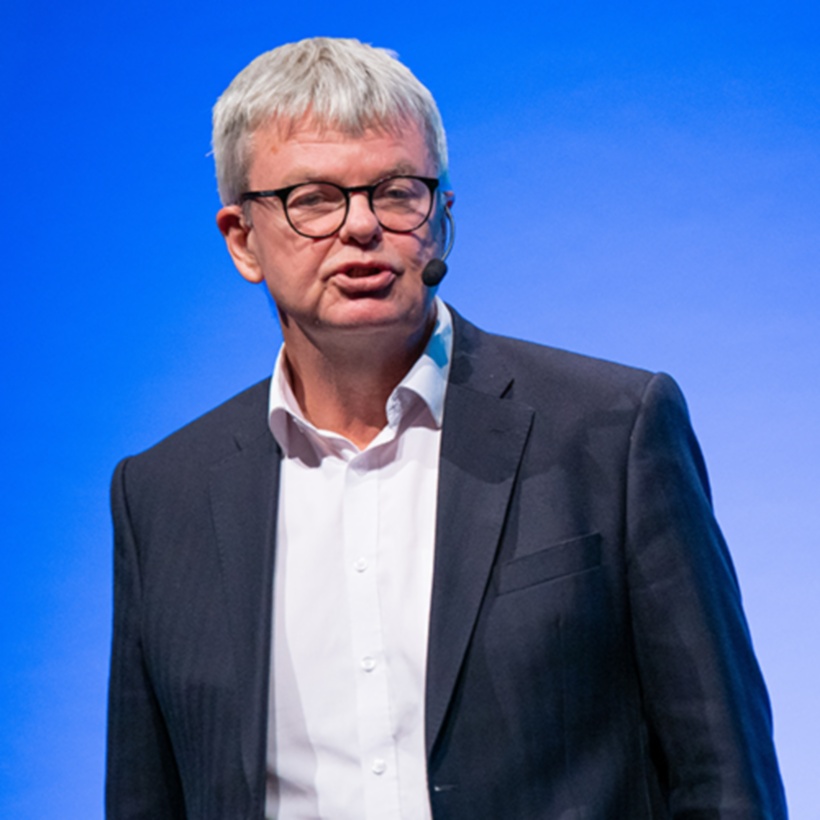1. Question Everything
Most problems have multiple solutions. To pick the right path forward, leaders often have to let go of preconceived notions of what’s possible—and even what’s desirable. Designit, a global strategic design company, prides itself on helping their clients question everything. “If they come to us and say, ‘Can you do this for us?’ we would never say yes,” says Christine Leitgeb, Head of Finance for Europe and APMEA at Designit. “We would say, ‘Tell us the problem.’"
By challenging clients in this way, Designit helps them plan for change. This process helps leaders imagine where they want to be in the future and open their minds to different paths they could take to get there. Questioning assumptions also helps leaders identify where their success relies on business models or customer behaviors that could change on a dime. It sparks proactive discussions about how they could evolve the businesses before external factors force their hands.
2. Narrow Your Focus
Real estate, because of its fixed nature, comes with unavoidable risk. Natural disasters, local regulations, and geopolitical conflict can change a company's priorities overnight.
Focusing everyone’s attention on mission-critical outcomes has helped Cushman & Wakefield, a global real estate services company, bring calm to crisis situations, says Salumeh Companieh, Chief Digital & Information Officer. Putting client outcomes front-and-center—and focusing efforts around these goals—helps break down silos and unify efforts at an enterprise scale.
“It creates systemic operational steadiness for you to take any of these events that come at you,” Companieh says. “Whatever those different outside influences are, we've created a structure whereby we address them as a unit.”
Cushman & Wakefield leverages multi-disciplinary pods of colleagues from different functions and teams working together to deliver results. Companieh says this approach lets the business strengthen the muscles needed to stay agile. “We're moving faster. We're getting better outcomes,” she says. “Because it creates focus.”









